The Kathmandu journey continues, Part 3…
Our small amount of time in the Kathmandu Valley of Nepal was strikingly memorable. This was not alone due to the wonderfully friendly people we met, the deep and fascinating culture or the beautiful, if fragile architecture, it was because all of these things were impacted dreadfully one week after our return when the country was hit by a catastrophic earthquake. It is with deep fondness, sadness and ultimately an intense feeling of good-fortune and privilege that we remember our time in this unique and captivating place.
PATAN TO BOUDHA
Today was a series of temples and sacred sites – all fuelling our growing interest and fascination in Nepal. We said goodbye to our lovely accommodation in Patan (Traditional Homes Swotha), loaded up the car and set off north out of the centre of Kathmandu city.
Budhanilkantha
Budhanilkantha is a very sacred site to Hindus, but it’s also a special experience for travellers like us – being well off the main tourist circuit, most visitors are local devotees…although we did meet some visiting Indians who were very eager to practise their English and excited to have a photo taken with the blonde woman! But the big attraction at this particular temple for followers is the sleeping Vishnu as creator, appearing to float in a pool of water that is representative of the cosmic sea.
On the morning of our visit, the devotees were more than a tad distracted by a film crew in action, and the gorgeous green and gold sari-clad film star, posing with appropriate hair tosses for the camera – much more glamorous than the middle-aged Aussie woman with her wash-and-wear travel pants and shirt and sturdy Merrell shoes.
While the 7th century Vishnu carved from one gigantic piece of black stone (uncovered by a farmer and hauled to its current location) was impressive, the real delight for us came from the children running around with their friends, pausing on occasion to cheekily pose for John’s camera, maybe practising for when they ‘make it’ on the big screen.
Kopan Monastery
Three kilometres south of Budhanilkantha (and about 8kms northeast of Thamel) stands Kopan Monastery. It’s a Buddhist monastery that offers retreats and courses for the expanding Buddhist traveller market searching for authentic training and experiences. It has some of the best views of the city of Kathmandu – even if the pollution hangs low and impedes any sightline through to the edge of the valley.
We fronted up to the locked gate of the Khachoe Chakyil Ling Nunnery (known as the Kopan Nunnery) ready to explore only to discover that it was closed for a special religious ceremony. Our guide, Rajesh, was particularly disappointed, as he knew we would love what was behind the gate, but instead we strolled along the narrow hillside path to the Kopan Monastery further up the hill where the new gompa (temple) rises as an impressive beacon to devotees and visitors alike. This is a very new building, completed in the 1990s, and as such is in pristine condition – the cleanest and most magnificent we have seen. A boy monk of about 10 years of age showed us around the facilities, impressive in his knowledge of his faith and the monastery, as well as his maturity and serenity. He patiently waited while we explored, provided explanation when we paused, and cheerfully farewelled us when we headed off. He’s got it all sorted that one.
Pashupatinath
When I first heard about the cremation ceremonies on the banks of the Bagmati River, naïve notions of tree-lined slopes came to mind with branches that hung low over an image of Ophelia at peace. What I was not expecting was the crowded, vast complex that is Pashupatinath.
Pashupatinath Temple is the most important Hindu Temple of Nepal, but it does not stand here alone. As well as the numerous other temples and shrines in the vicinity, it is surrounded by vendors selling every piece of religious paraphernalia required for the worship, meditation, sacrifice and cremation processes associated with this sprawling holy place.
Most of the temples permitted ‘believers only’ to enter, but we were still able to stand at the door and feast our eyes on yet more beautiful deities, carvings and paintings that adorned each temple. Strolling amongst those on their pilgrimage, it was not unusual to see small numbers of goats hanging about, chewing whatever they snatched from the ground, happily ignorant of their fate.
Rajesh took us through the throngs across the bridge over the holy Bagmati River to the viewing points on the east bank. From there we were able to witness the many cremation ceremonies taking place at the numerous Ghats (cement cremation platforms raised above the water level) on both the north and south side of the bridge. The first body we saw at the water’s edge was that of a child. He was covered in marigolds and tika powder and looked so very small with the water lapping at his feet. His mother was held upright by other women of the family as he was lifted and carried to the Ghat where he would be burned. Her wails destroyed my attempt at disaffection, and I no longer felt an intruder. I was just awash with emotion and a distinct feeling of privilege to have witnessed such a thing. Such a raw and honest eternity of grief in this relatively short farewell.
The men, whose job it is to prepare the pyre and remove all trace of it afterwards, were swift in their work – they have many families waiting in the shade for their ‘turn’ (there is no booking of time slots here). Wood and straw are assembled precisely and compacted firmly, bodies are laid on top and covered with yet more wood and straw. The flame is lit and the mass is doused with water at appropriate times to prevent the fire burning too quickly and not completing its job.
The Ghats were all in use, each revealing a different stage of this process. Some were clearly ablaze, the shape of the body a dark outline in the voracious flames; others were nothing but smouldering wood and drifting pieces of straw that were swept into the debris strewn river to be carried downstream.
It is an efficient process, this production line of cremations. But it is also a mesmeric and sobering ritual. And as we turned to go, the next family were approaching, bearing their deceased loved one on a stretcher, and kneeling to bless his remains in the Bagmati’s holy water.
Boudhanath Stupa
Dusk is the time to visit Boudhanath Stupa. We also visited in daylight hours, but the twilight was fun and magical. The fading blue sky and the coloured fairy lights made me expect to see a ferris wheel around the bend. Instead, the golden stupa took centre stage and its kohl-rimmed eyes watched us from every angle. As is tradition, the mass of people swarmed clockwise around the stupa, getting ‘on’ and ‘off’ this carousel to browse for souvenirs or grab some dinner in the endless sea of shops on its perimeter. The seriously devoted were ochre and saffron clad, clearly focused, not distracted in the same way tourists were – they shuffled and chanted, turning prayer wheels as they passed, oblivious to the couple taking a selfie on the white upper story of the edifice. Peace out.
ROKPA Guesthouse
ROKPA Guesthouse was a real find. I couldn’t believe the spacious suite with its art deco bay windows and parquet floors for such a bargain price. The water was hot and plentiful and everything was immaculately clean. There was a large private garden for guests to gather at all times of the day; a perfect haven and only a short walk from Boudhanath Stupa. But what I really loved about this place was its core values – humanity and community. ROKPA is a charity that has been run since 1980 working for people in need in India and Nepal (and since the 1990s in Tibet, South Africa and Zimbabwe). A proportion of the money spent here goes to the children’s home for former street kids and women’s workshop next door, and you can buy items made by these women at the B&B. The little café in the garden does ample and tasty breakfasts, all cooked by young men and women who have been given a second chance by ROKPA. This is the kind of place to stay if you are looking to ‘give back’ and be a responsible traveller.
Our Kathmandu story continues…
Read our full Kathmandu story here:
Part 1: Thamel & Durbar Square
Part 2: Patan
Part 3 (current): Pashupatinath & Boudha
Part 4: Kirtipur & Nagarkot
Part 5: Changu Narayan & Bhaktapur
Part 6: Namobuddah & NYE in Bhaktapur
Part 7: Bisket Jatra in Bhaktapur
Our guide was Rajesh Shahi
He can be contacted on Facebook or via email: rajya.shahi@gmail.com
Other relevant articles on Kathmandu since the 2015 earthquake:
Photos of Kathmandu before and after the 2015 earthquake – BBC News
Is it time to go back to Nepal? – Lonely Planet
Click on any image below to view as gallery
- Ice cream man, Kathmandu, Nepal
- Blue shop, Kathmandu, Nepal
- Family transport, Kathmandu, Nepal
- Community bus, Kathmandu, Nepal
- Religious procession en route to Budhanilkantha, Kathmandu, Nepal
- Waiting in line near Budhanilkantha, Kathmandu, Nepal
- Fruit vendor, Kathmandu, Nepal
- Preparations for rituals, Budhanilkantha, Kathmandu
- Best friends, Budhanilkantha, Kathamndu
- The sleeping VIshnu at Budhanilkantha, Kathmandu
- Photo op with the ‘blonde lady’, Budhanilkantha, Kathmandu
- Filming at Budhanilkantha, Kathmandu
- Kulfi (Ice cream) truck, Kathmandu, Nepal
- Smog view from Kopan Monastery, Kathmandu
- Approach to Kopan Monastery, Kathmandu, Nepal
- Demon detail, Kopan Monastery, Kathmandu
- Interior Kopan Monastery temple, Kathmandu
- ‘Four Friends’ at Kopan Monastery, Kathmandu
- View of Kathmandu from Kopan Monastery, Kathmandu
- Friends hanging out, Kopan Monastery, Kathmandu
- Tailor shop in Kathmandu, Nepal
- Pigeons at Pashupatinath, Kathmandu, Nepal
- Feeding the birds at Pashupatinath, Kathmandu, Nepal
- Painting workshop in Boudha, Kathmandu
- Circumnavigating the stupa at Boudhanath, Kathamndu
- Boudhanath Stupa at twilight, Kathmandu
- Night lights at Boudhanath, Kathmandu
- Buddhas at Boudhanath, Kathmandu
- Night fruit market at Boudhanath, Kathmandu
- Road and electrical works, Kathmandu, Nepal
- Goats at Pashupatinath, Kathmandu
- Religious men at Pashupatinath, Kathmandu
- Macaque monkey at Pashupatinath, Kathmandu
- Watching from the shade, Pashupatinath, Kathmandu
- Macaque, posing for the camera, Pashupatinath, Kathmandu
- Arches at Pashupatinath, Kathmandu
- Markets of colour at Pashupatinath, Kathmandu
- The eyes of Boudhanath Stupa, Kathmandu
- Boudhanath Stupa, Kathmandu
- ‘Selfie’ on Boudhanath Stupa, Kathmandu
- Monks shopping at Boudhanath Stupa, Kathmandu
- Child being prepared for cremation, Pashupatinath, Kathmandu
- Moving him on, Pashupatinath, Kathmandu
- Wideshot of the cremation preparations, Pashupatinath, Kathmandu
- Moving him via stretcher to the pyre, Pashupatinath, Kathmandu
- Lifting gently, Pashupatinath, Kathmandu
- The Mother, Pashupatinath, Kathmandu
- More wood, Pashupatinath, Kathmandu
- Wet straw, Pashupatinath, Kathmandu
- Smouldering pyre, Pashupatinath, Kathmandu
- Stoking the fire, Pashupatinath, Kathmandu
- Solemn wise men, Pashupatinath, Kathmandu
- Pyre still burning, Pashupatinath, Kathmandu
- Smoky ghat, Pashupatinath, Kathmandu
- View of smoking ghats from above, Pashupatinath, Kathmandu
- Many empty ghats, Pashupatinath, Kathmandu
- Waiting their ‘turn’, Pashupatinath, Kathmandu
- Another ritual about to begin, Pashupatinath, Kathmandu
- Room interior, ROKPA Guesthouse, Boudha, Kathmandu

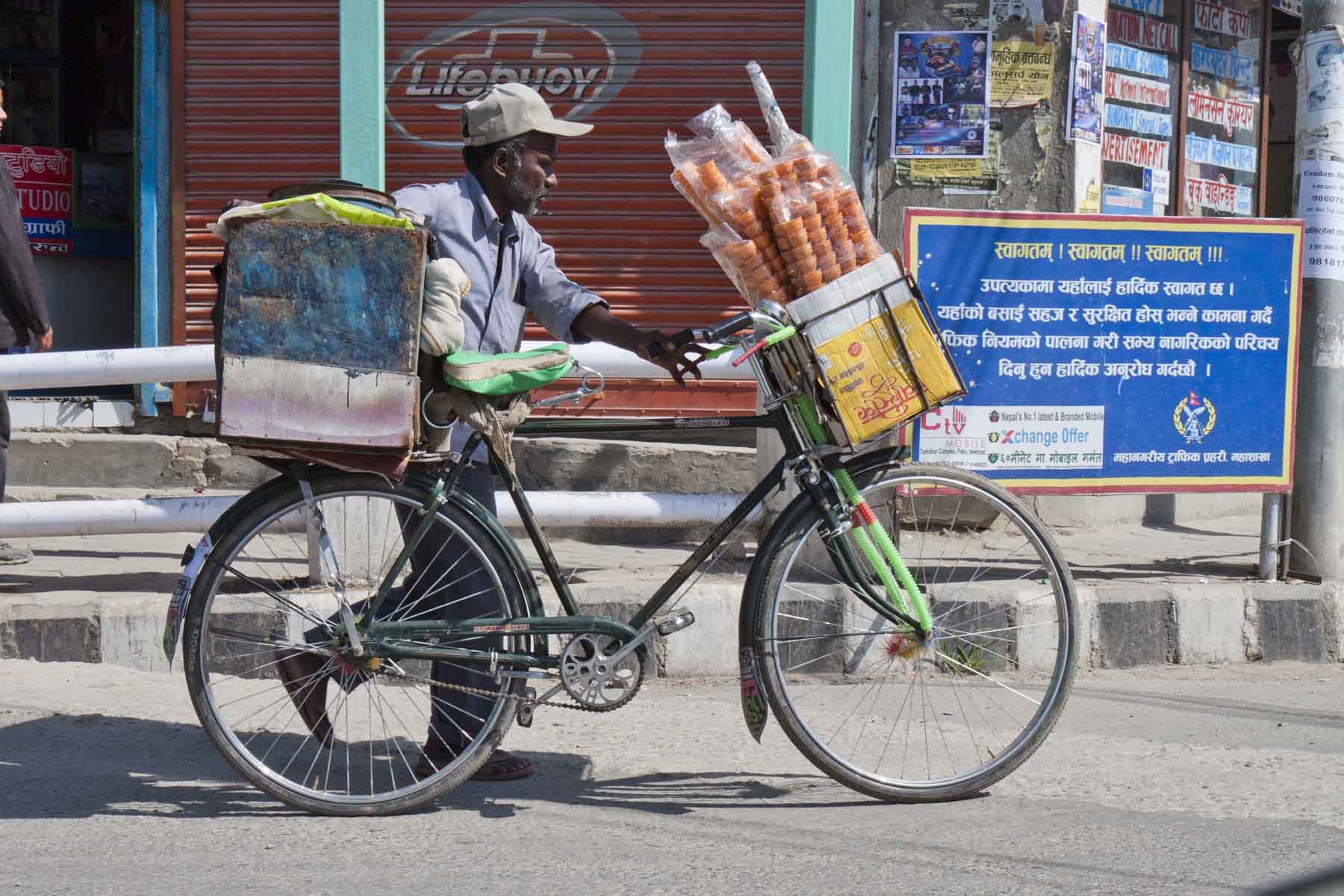
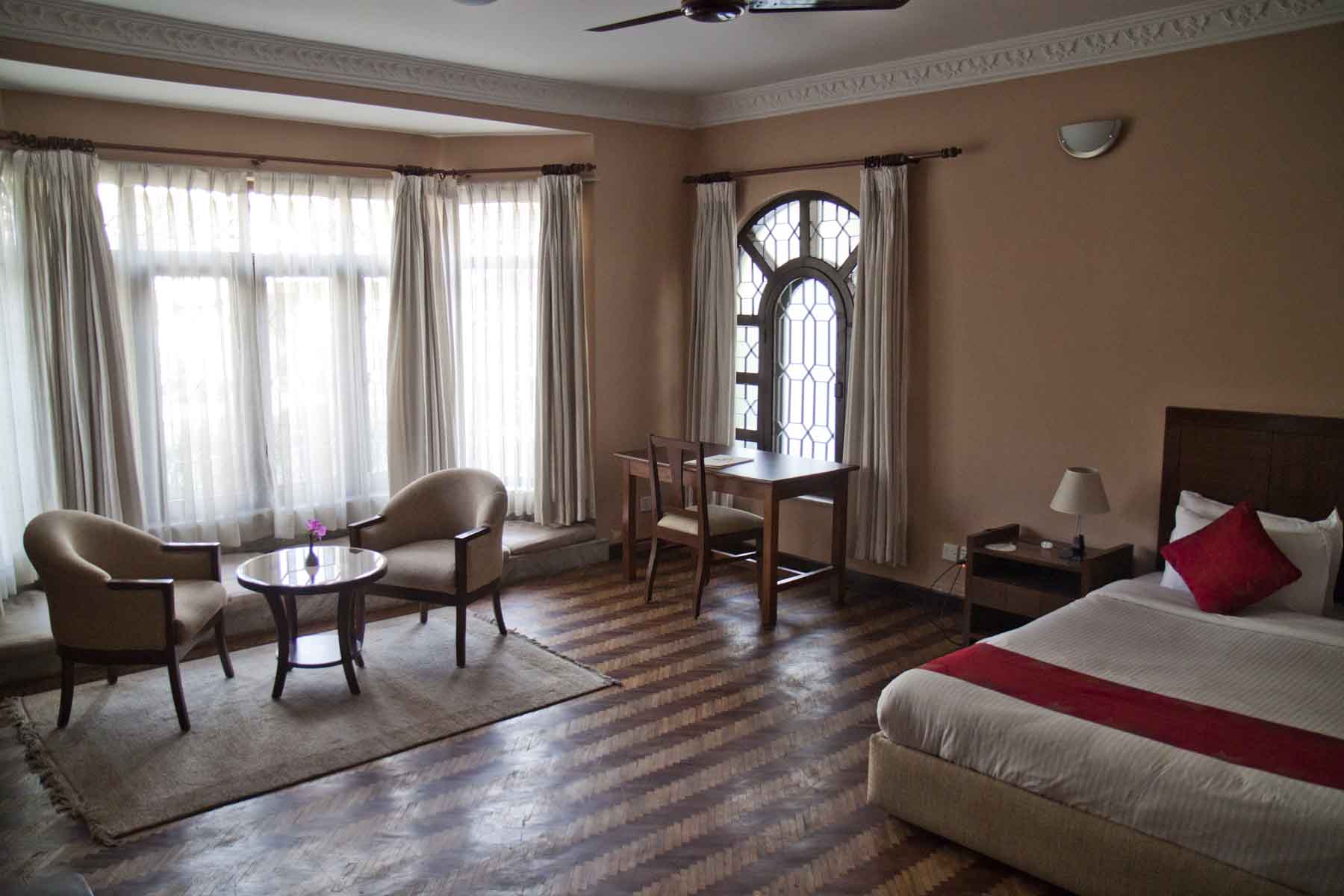
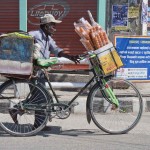
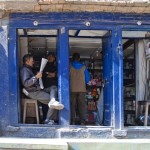
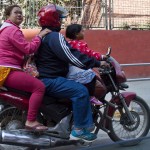
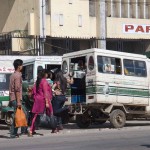
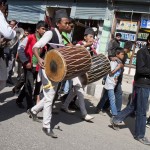
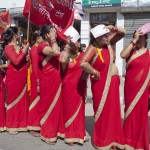
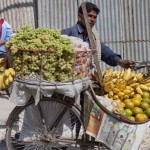
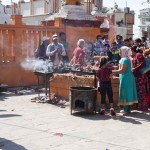
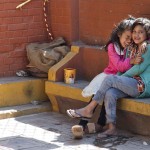
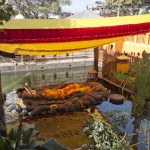
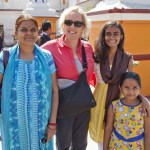
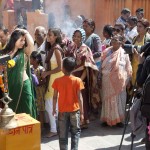
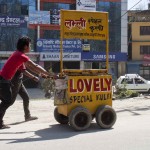
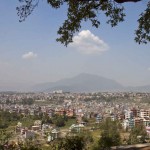
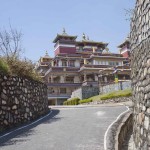
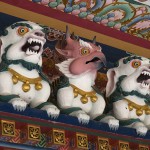
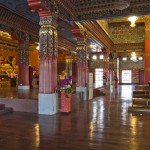
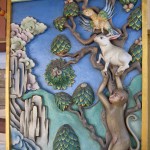
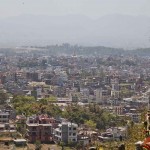
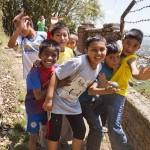
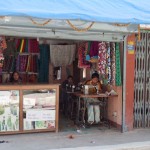
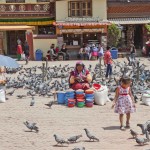
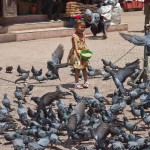
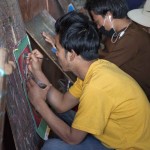
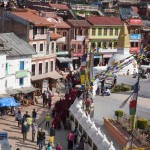
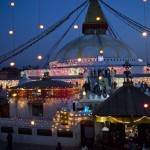
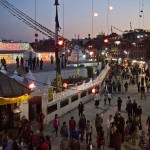
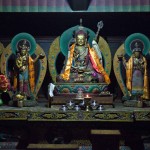
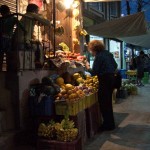
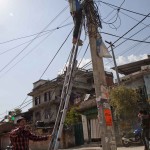
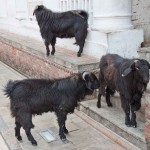
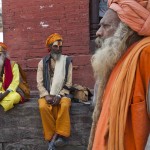
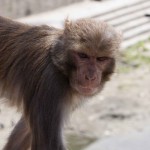
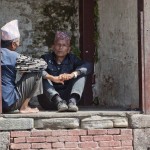
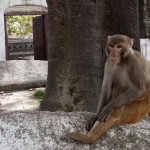
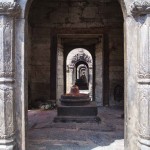
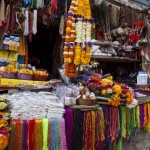
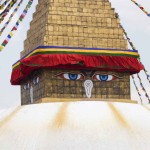
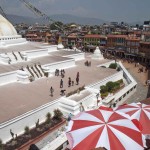
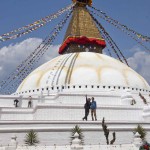
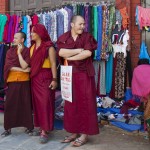
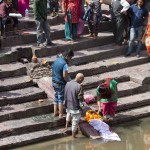
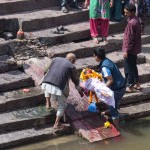
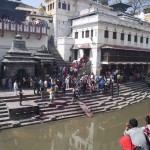
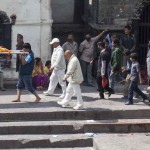
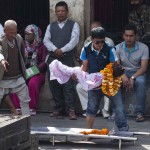
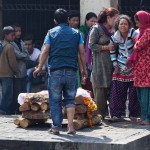
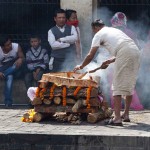
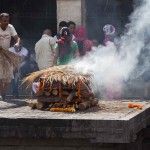
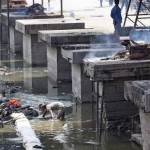
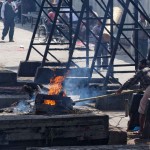
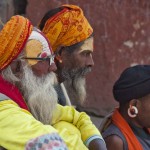
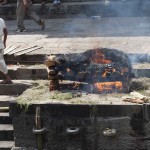
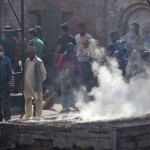
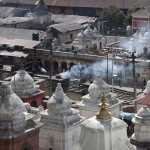
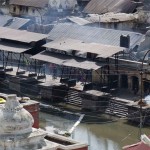
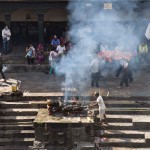
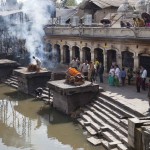
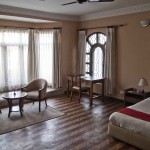
Pingback: Kathmandu (Part 2 ) – Patan (Lalitpur) | bontaks travels
Pingback: Kathmandu (Part 1) – Thamel & Durbar Square | bontaks travels
Pingback: Kathmandu (Part 4) – Kirtipur & Nagarkot | bontaks travels
Pingback: Kathmandu (Part 5) – Changu Narayan & Bhaktapur | bontaks travels
Pingback: Kathmandu (Part 6) – Namobuddha & NYE in Bhaktapur | bontaks travels
Pingback: Kathmandu (Part 7) – Bisket Jatra in Bhaktapur | bontaks travels